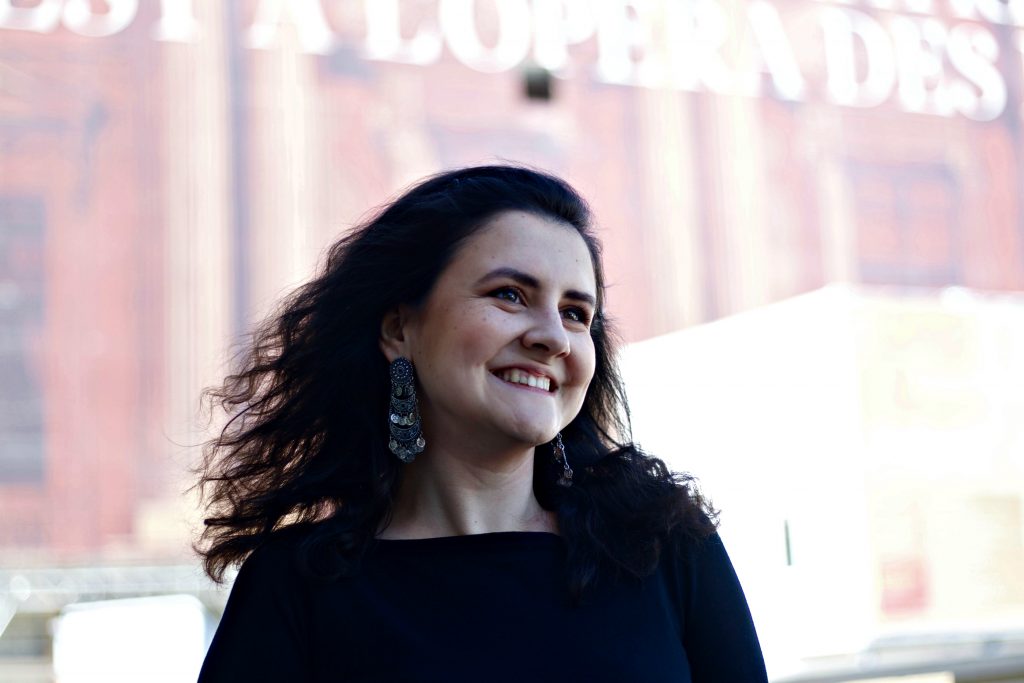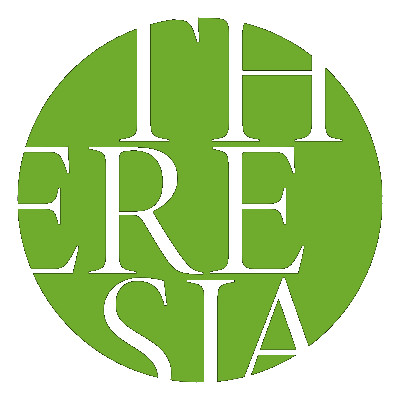
Violist and violinist Irina Fârtat is one of the youngest in Theresia: she is 23 years old, and she’s just started her experience in Theresia playing in Lodi and Mantova. Let’s find out more about her.
Irina, where are you from and where are you studying at the moment?
“I’m from Bucharest, and at the moment I am doing my first Master in Geneva with Florence Malgoire. I’m studying both historical violin and viola, but in Theresia I’m playing the viola.”
How did you know about Theresia?
“I was looking for some orchestral projects: I found the name of Theresia in some of my colleagues resumes; also, some of them told me about this project. Then I heard about the auditions, and I thought it would be a great idea to try. It has been an excellent choice, because I was interested both in the orchestral experience and in the kind of repertoire played by Theresia. Also, I am looking forward to learning from my colleagues, from the tutors, the conductors, from everyone.”
How has the experience gone so far?
“It’s great, I love it. I like the fact that Alfredo Bernardini is really creative in his way of working with us: he makes us feel as we are on the same level, and he has great ideas. I also found very interesting the lectures: it was great to get Bernardini’s point of view about his experience as a freelancer. We need advice, and it’s good to know other musicians’ stories, people who have already gone through it. I also liked very much listening to Professor David Wyn Jones: it’s great to get more information about the music we are going to perform from someone who has done so much research on exactly the type of repertoire that we are performing and the historical and social and political context behind it.
I like the fact that Alfredo Bernardini is really creative in his way of working with us: he makes us feel as we are on the same level, and he has great ideas
Are you specifically interested in becoming an orchestra player? Which are your plans for the future?
“Well, I think that solo life is not for me, I like working in a team, each having a bit of solo parts. The viola has much more repertoire in chamber and orchestral music, and it is a very important part of the harmony.”
Do you have a chamber group?
“Right now I enjoy playing chamber music and in orchestra projects at the university, and also whenever I am needed in freelance projects, but I don’t have a chamber music group or an ensemble of my own. I would love to, hopefully in the next years…”
It’s great to get more information about the music we are going to perform from someone who has done so much research on exactly the type of repertoire that we are performing and the historical and social and political context behind it.
Do you also play modern violin?
“Yes, I am actually. It is great that I get to play repertoire from the 16th and 17th century on the violin, and from the 18th and 19th century, the viola repertoire starts to develop more, so I get to play more on the viola as well. I am also open to play in projects with modern instruments, but right now I’m focused on the historical performance. It’s what I’ve been wanting for a very long time. I’ve always liked listening to Renaissance, Baroque and Classical music, up to Early Romantic: that has always been the music I would understand best, since I can remember. At a certain point, I heard orchestras and ensembles playing with historical instruments, and I really loved it! I realized that it was the way I wanted to play. But, you know, in Bucharest this kind of performance is not so popular: we have the Russian school, which is devoted to performing with great intensity and emotion every kind of repertoire. And, obviously, there’s nothing wrong about that, except I wanted to focus on the historical performance practice.”
When did you start to study baroque viola?
“I had been wanting to play historical viola since high school, but I actually didn’t have many opportunities. After finishing high school, I moved to Switzerland to do a Bachelor in modern viola. During my third year of Bachelor in Zurich, I found out that I could choose a secondary instrument, and I choose baroque viola with Ulrike Kaufmann. That was my first contact with historical performance, and it was so good that I decided to go on, and moved to Geneva. And here I am.”


